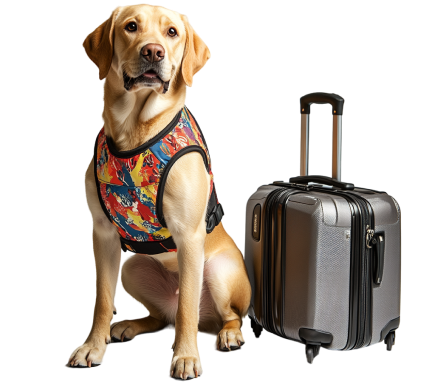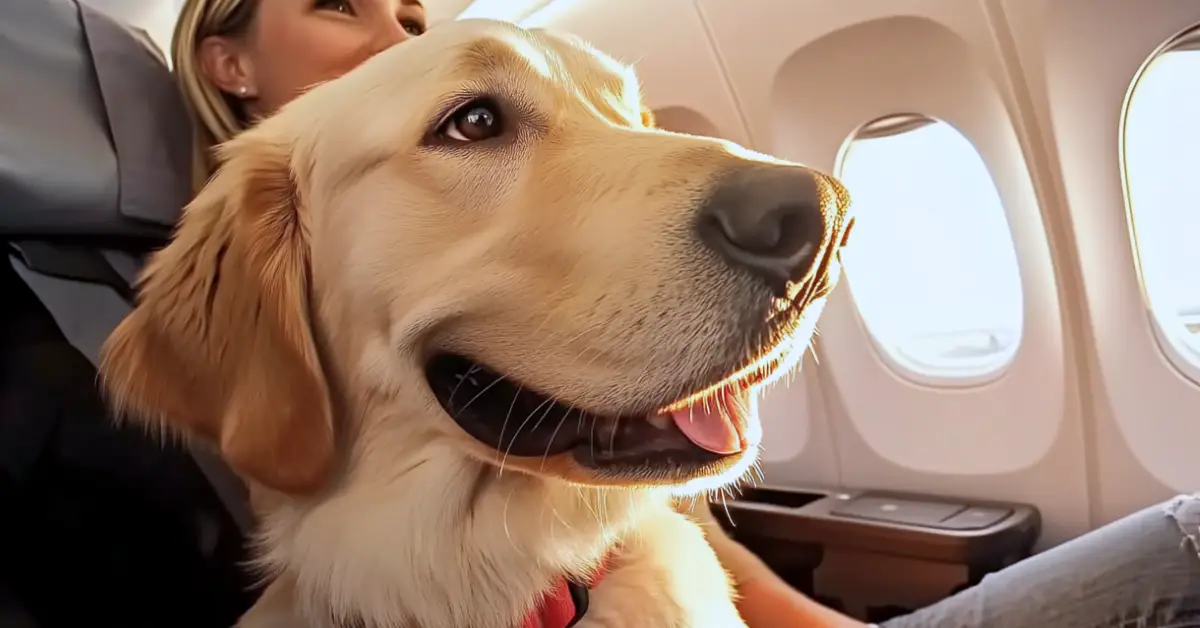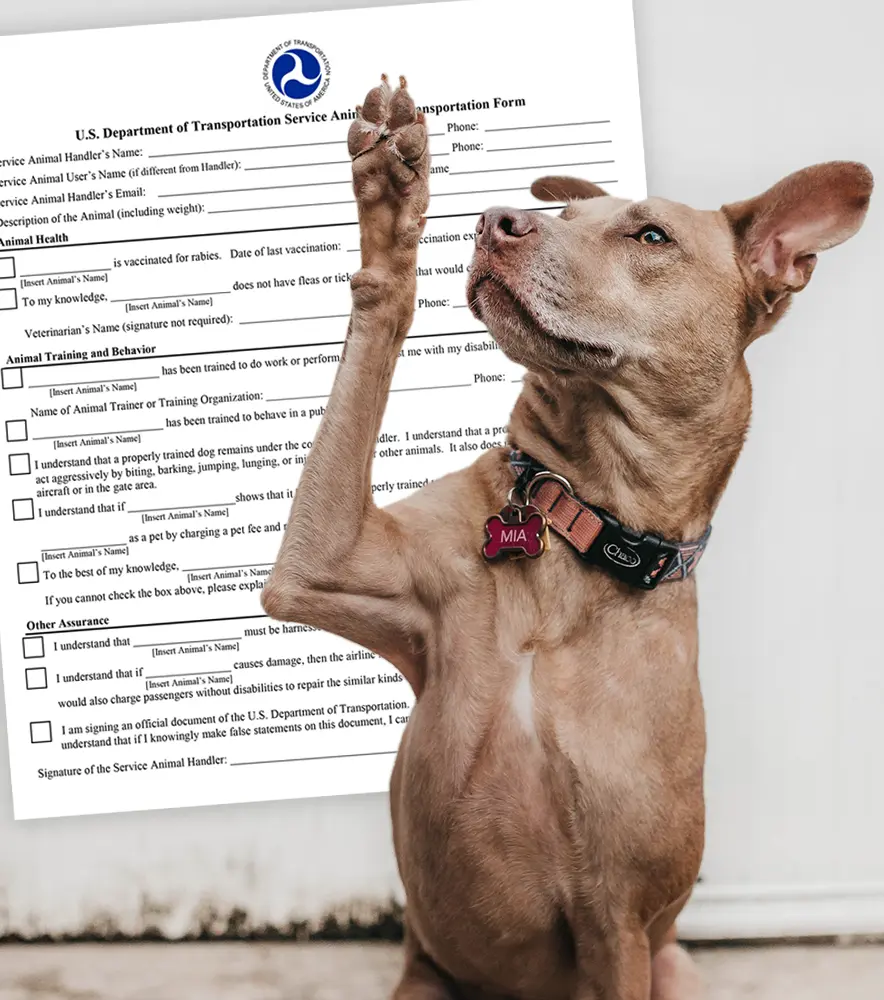All Our Articles on Travel
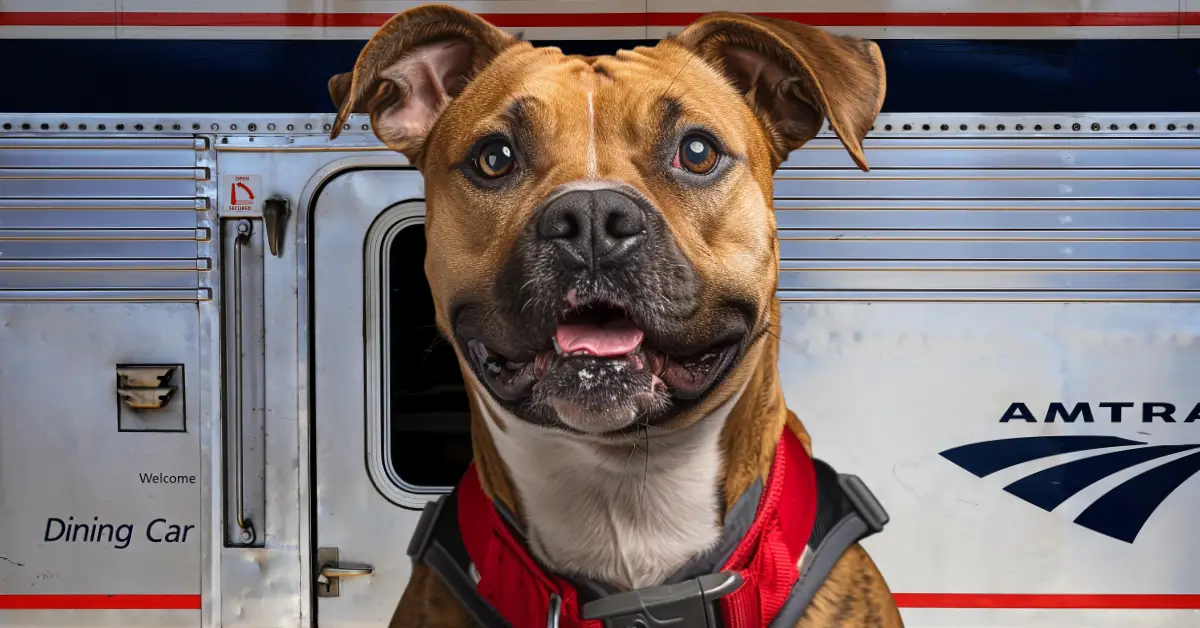
Amtrak’s Service Dog Policy in Plain English
Amtrak welcomes service animals, allows them to be on board for free, and offers resources to ensure a positive experience. However, Amtrak has its own... Read more
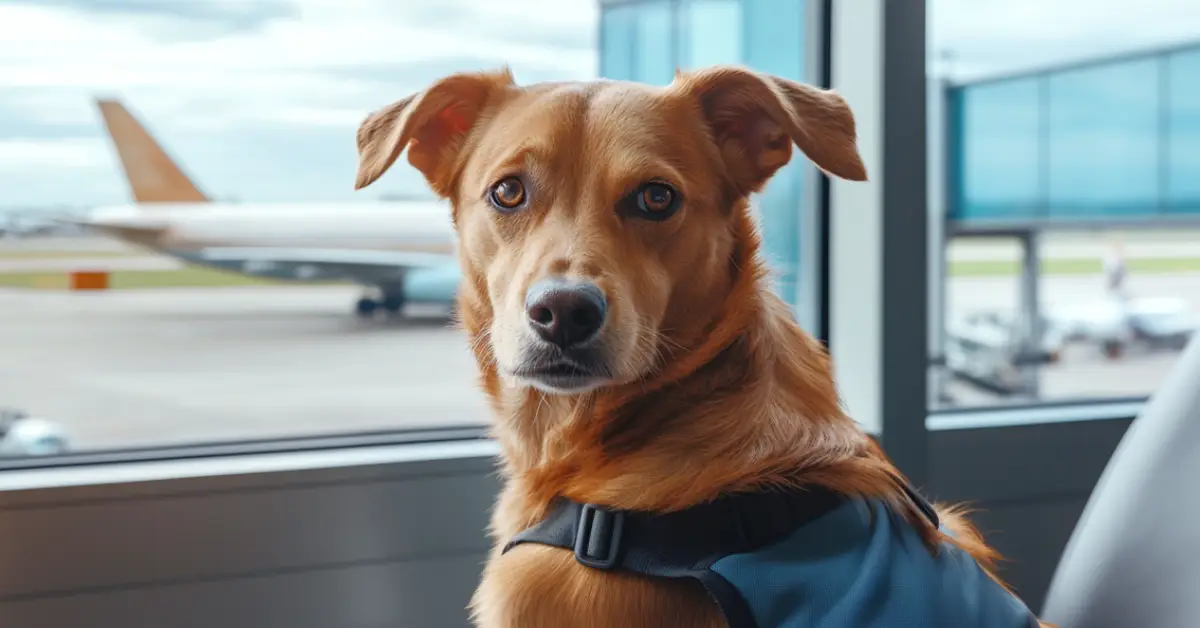
The Air Carrier Access Act and Service Dogs
If you rely on a service dog, you need to know about the Air Carrier Access Act (ACAA). The ACAA is a U.S. federal law... Read more

How to Bring a Service Dog on the New York Subway
Taking the New York City subway system with a service dog or psychiatric service dog is not only possible but fully protected by the Americans... Read more
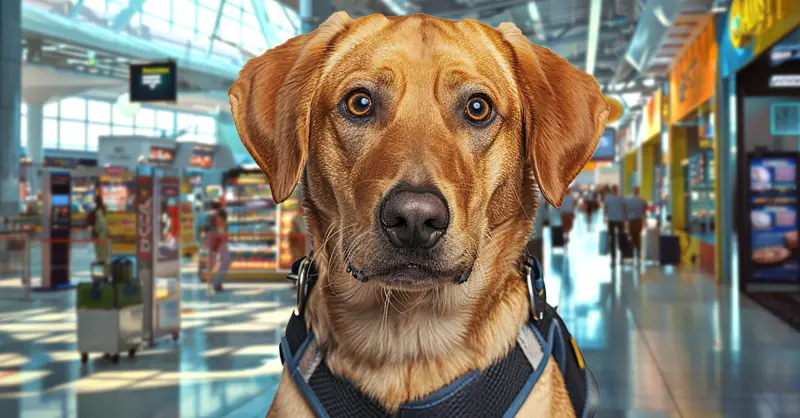
Guide to Dog-Friendly Foods at the Airport
Being able to fly with your dog is one of the great benefits of modern air travel. But if you’re not fully prepared — or... Read more

How to Keep your Dog Calm While Flying
Keeping your dog calm during a flight requires preparation before the flight, like exercise and acclimation training, as well as learning some in-flight tactics. The... Read more
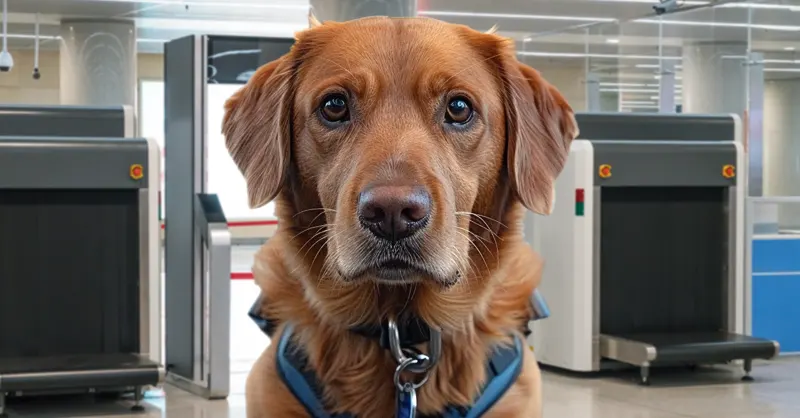
How to Bring a Dog Through Airport Security
Embarking on air travel with your furry friend, whether a service dog or a beloved pet, can stir up a mix of excitement and apprehension,... Read more

The 5 Most Dog-Friendly Hotel Chains
For dog owners, traveling can often be a hassle, especially when it comes to finding accommodations that welcome their furry friends with open arms. Fortunately,... Read more

The 5 Most Dog-Friendly Hotels in Las Vegas
Las Vegas, known for its vibrant nightlife and entertainment, is also a haven for dog lovers who don't want to leave their furry friends behind.... Read more

Everything You Need to Know About Being in Las Vegas With Your Service Dog
Traveling to Las Vegas with your service dog? The city that never sleeps (nor stops gambling) is more than its iconic Strip. If you're journeying... Read more
